APPLE TALES with Darlene Hayes
Baldwin sprouted sometime in the middle of the 18th century in Massachusetts, though exactly where depends a bit on which origin story you believe. At the time, growing apples in New England looked very different than it would by the mid-19th century. Trees were invariably started from seeds spread along the margins of fields planted with other more essential crops. Starting from seed is a crapshoot: It takes years to get any fruit and you can’t predict if it’ll be any good. If an apple had something exceptional, it stood out. Baldwin was one of those exceptions. It was a decent size, an attractive red color, tasted great and lasted well into the spring.
There are three main stories about its origin, with variations and embellishments showing up over time. All of them involve Colonel Loammi Baldwin, Revolutionary war hero, legislator and gentleman farmer. The first appeared in 1815 in a piece reprinted in a spring 1826 issue of The New England Farmer. It started with a complaint that people weren’t being very attentive to the names of apples. (See the recent post about Golden Russet if you don’t think this could be an issue.) It continued with the story of a farmer who’d grafted over his orchard to a new variety called the Pecker apple. After five years, when the trees finally fruited, he is disappointed to discover that it’s an apple he already had plenty of, Baldwin. A week later came a letter from Jos. Harrington offering an explanation as to how the apple came to have two names. Its discoverer, he wrote, was a Col. Baldwin of Woburn, Mass., who had been out “surveying in the wilderness” and came across a tree that had holes in its trunk from a woodpecker and bore remarkable fruit. He took scions from the tree and called it the Pecker apple.
Less than a month later, another letter appeared offering a slightly different tale. In this version the writer, J.B. Brown, said that it was a man by the name of Butters who discovered a chance seedling on part of his farm, near Wilmington, Mass., which he moved to his house and decided to call Woodpecker, or Pecker, since the birds were so attracted to the tree. Col. Baldwin, Brown continued, took Butters’ apple and introduced it into the market, where it came to be called Baldwin.
The first two stories are not completely inconsistent; Col. Baldwin’s “wilderness” could have been part of Butter’s farm. But then, in 1835, a new claimant arose. Rufus Kittredge wrote to the editor of The Magazine of Horticulture to announce, with no uncertainty, that the original tree grew on the farm of his grandfather, John Ball, somewhere between the Massachusetts towns of Lowell and Tewksbury, well north and west of Wilmington. Kittredge said his father remembered seeing the tree as a child and was sure it wasn’t a graft because nobody in Tewksbury knew how to graft trees then. Once again, Col. Baldwin is credited with noticing and popularizing it.
The third story appeared sometime later in the Green Mountain Freeman, reprinted in another Vermont newspaper in 1850. In this account the first tree grew in the orchard of Samuel Thompson of Woburn, Mass., about the time of the revolution. Boys used to steal the apples, which is apparently how it came to the attention of, once again, Col. Baldwin. Taking scions and grafting trees of his own, Baldwin then insisted it should bear his name. “Now we submit whether … the fruit in question be called the Thompson Apple,” wrote the author. (It may be worth knowing that the editor of the Green Mountain Freeman, and possible author of the original article, was a distant relation of Samuel Thompson.)
These stories continued to circulate well into the 20th century. Horticultural authors would pick one or another to include, or ignore them all and just say that Baldwin originated in Massachusetts. More letters were written and embellishments and changes appeared. Reading them all feels a little like a slow-motion Twitter feud without the name calling. But, why did it matter who found it?
The early 19th century was a turning point for American agriculture, especially in New England. New canals were giving farmers in rural areas, which was most of the country, access to urban markets. People were fired up with the possibilities of their new country and, at this point, agriculture was the key. Societies for promoting “better,” “more scientific” farming practices were formed, and an agriculture-centered press was thriving, acting as both a conduit for information about the latest techniques and varieties, and a forum for widespread debate about the same subjects.
Among the “improvements” promoted by the scientific agriculturalists was the planting of fruit trees in orderly rows in orchards and, more consequentially, abandoning the reliance on whatever apples happened to grow from seed in favor of established, marketable apples, especially those varieties that kept well. This was when the names of apples became important. A variety with a well-known name and character was one a farmer knew he could easily grow and sell. A recognizable, and celebrated, name assured the consumer of the apple’s quality.
Baldwin fit perfectly into the new way of thinking and was recommended constantly in the press. Farmers grafted trees by the hundreds. They blanketed Massachusetts, spread to all corners of New England, then on to New York, Ohio and parts west. Baldwin was famous. Who wouldn’t want to have descended from someone that had discovered one of the most important agricultural commodities in the country?
Each of these origin stories seems to hold at least a kernel of truth, but the details don’t always fit. No one alive at the time thought to leave a diary or letter that mentioned finding an amazing apple, so we are left to choose whichever story we think is the most likely. Still, whatever one wants to believe about who discovered Baldwin and when, it’s been in continuous commercial production for nearly 200 years and is one of the most important apples in the northeast. A number of cidermakers are working with it with some flavorful results. The dominant feature was yellow fruits, plus a zingy acid and not much in the way of tannin, though all had a mildly bitter, though not unpleasant, finish. The sample size was small since Baldwin seems to appear in blends more than as a single variety. I’ll be on the lookout for more, though.
Kite & String/Finger Lakes Cider House – Interlaken, N.Y.
Dry; lemon, lime, just ripe pear skin, yellow plum skin, yellow apple, slight creaminess, mild bitterness on the finish; sparkling
Undated | 8.4% ABV
South Hill Cider – Ithaca, N.Y.
Dry; vanilla, ripe yellow apple, lemon and orange rind, pear skin, toast, quince, mild bitterness on the finish; sparkling
2018 | 8.5% ABV
Angry Orchard Innovation House – Walden, N.Y.
Dry; lemon, yellow plum skin, pear skin, yellow apple, mild bitterness on the finish; sparkling
2016 | 7.9% ABV

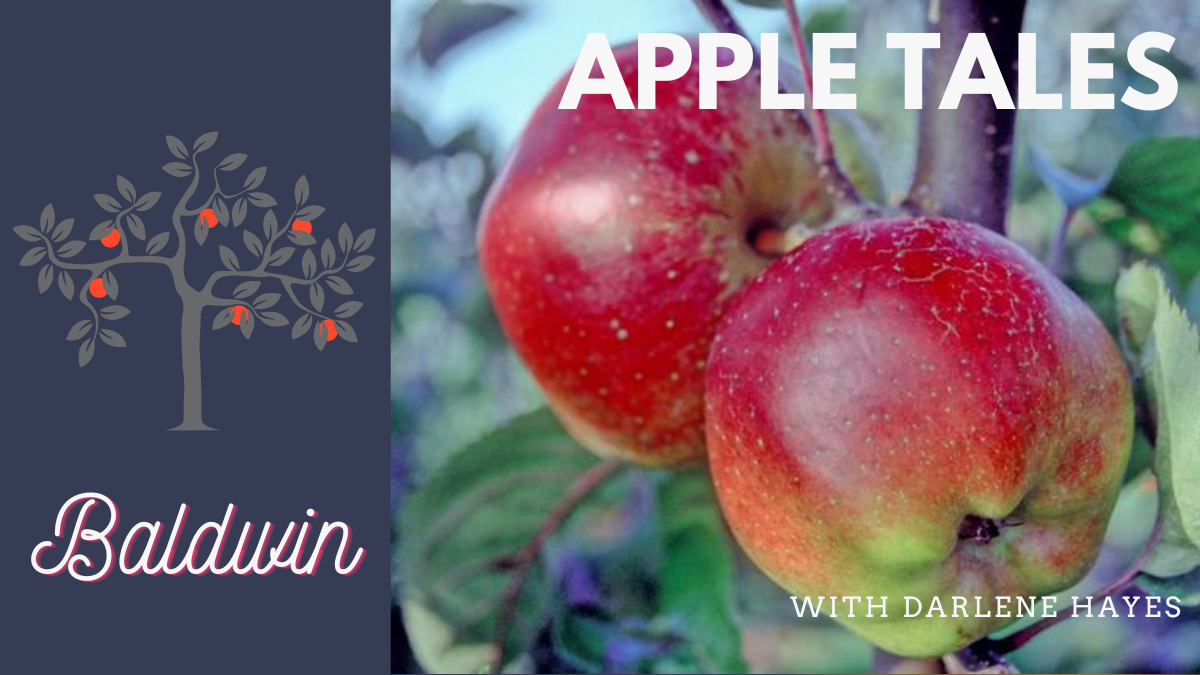
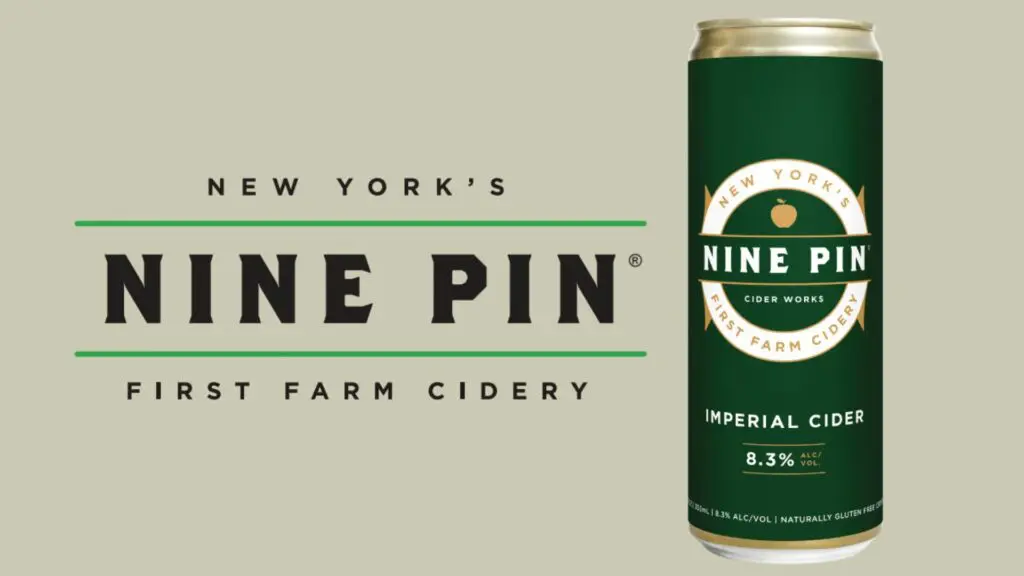
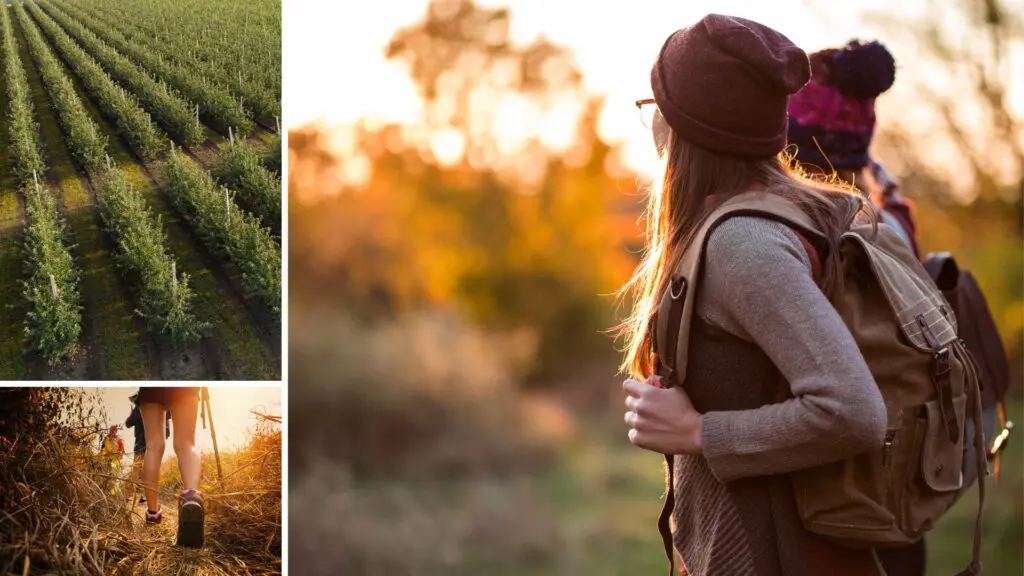
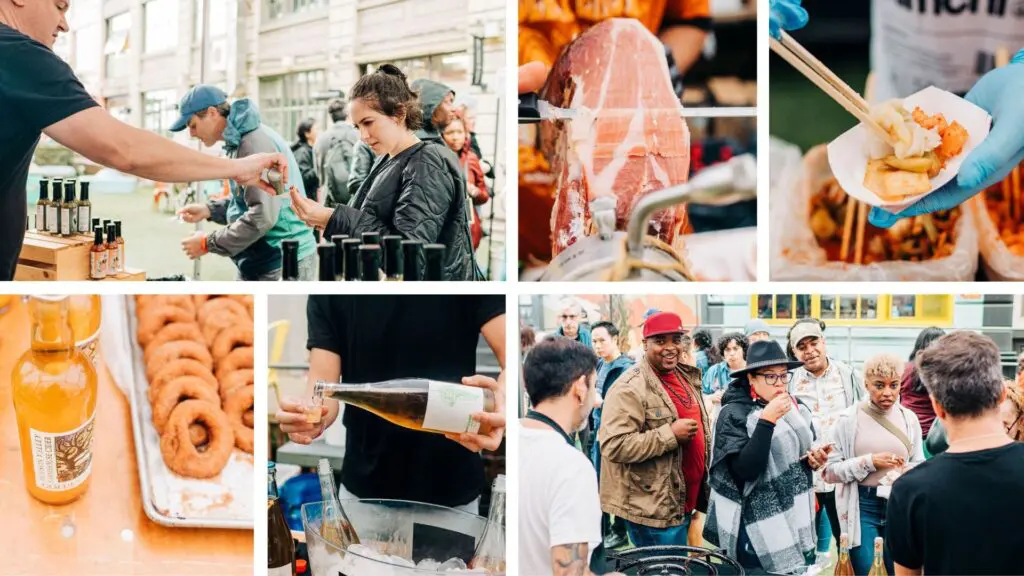
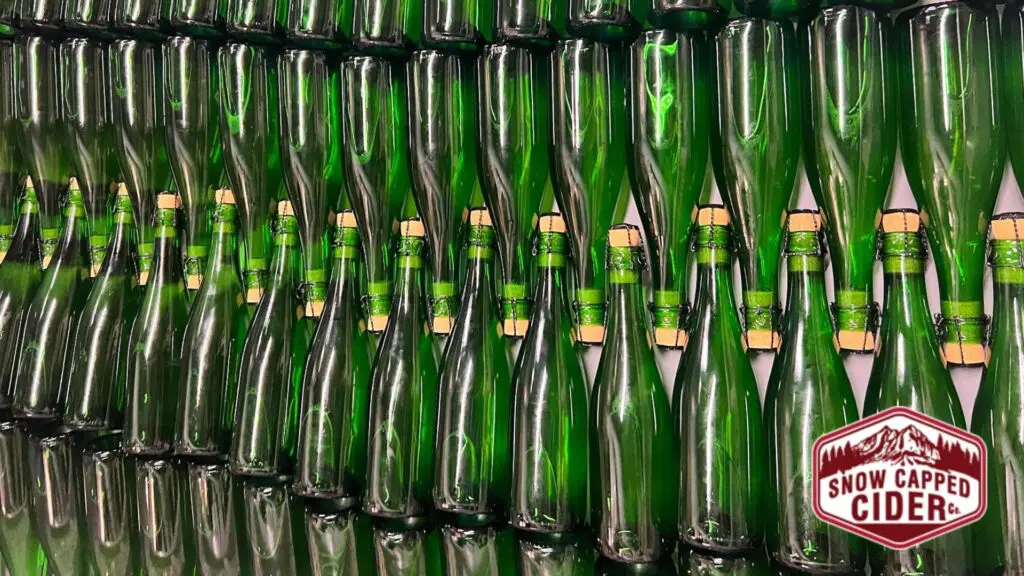
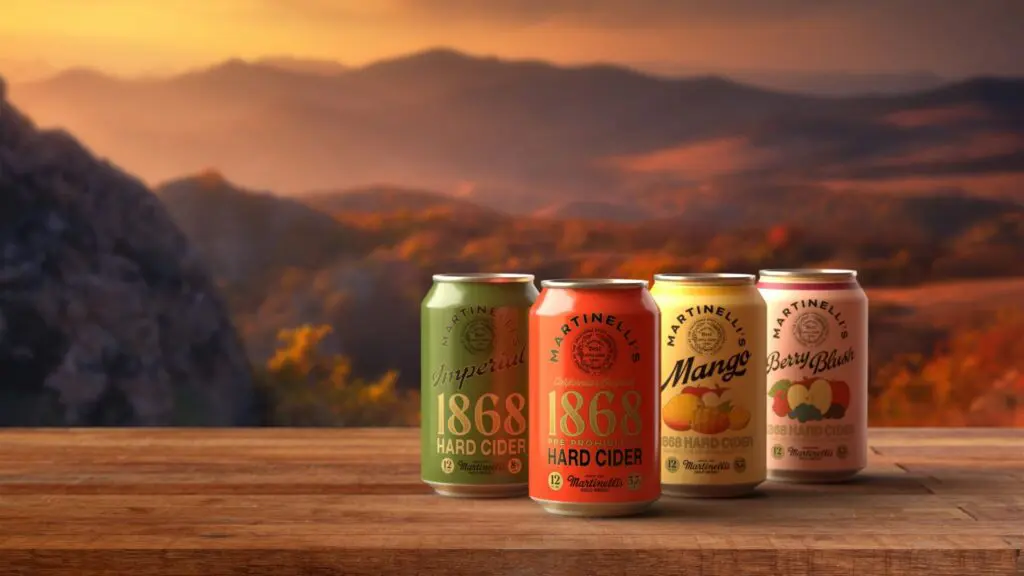
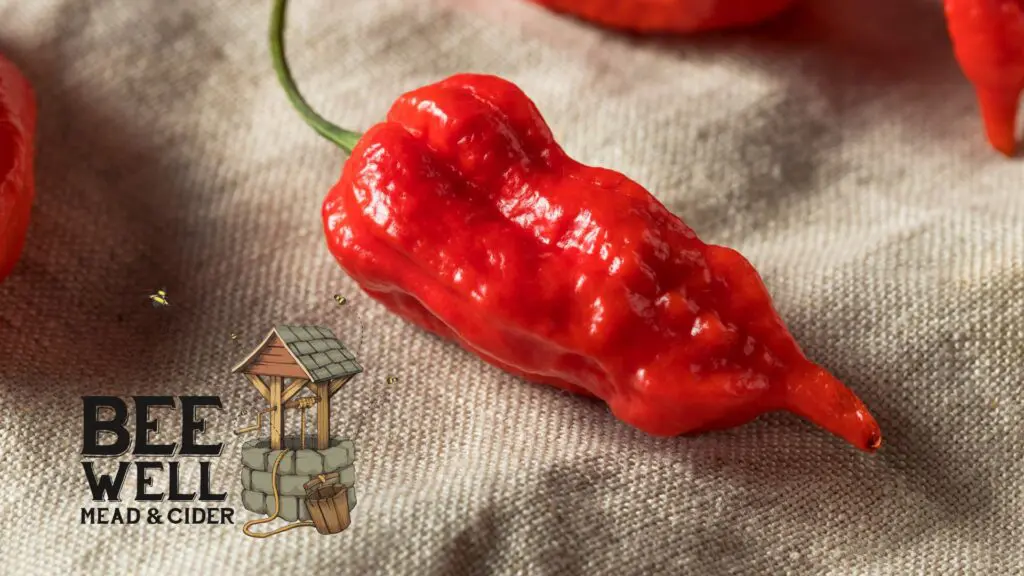
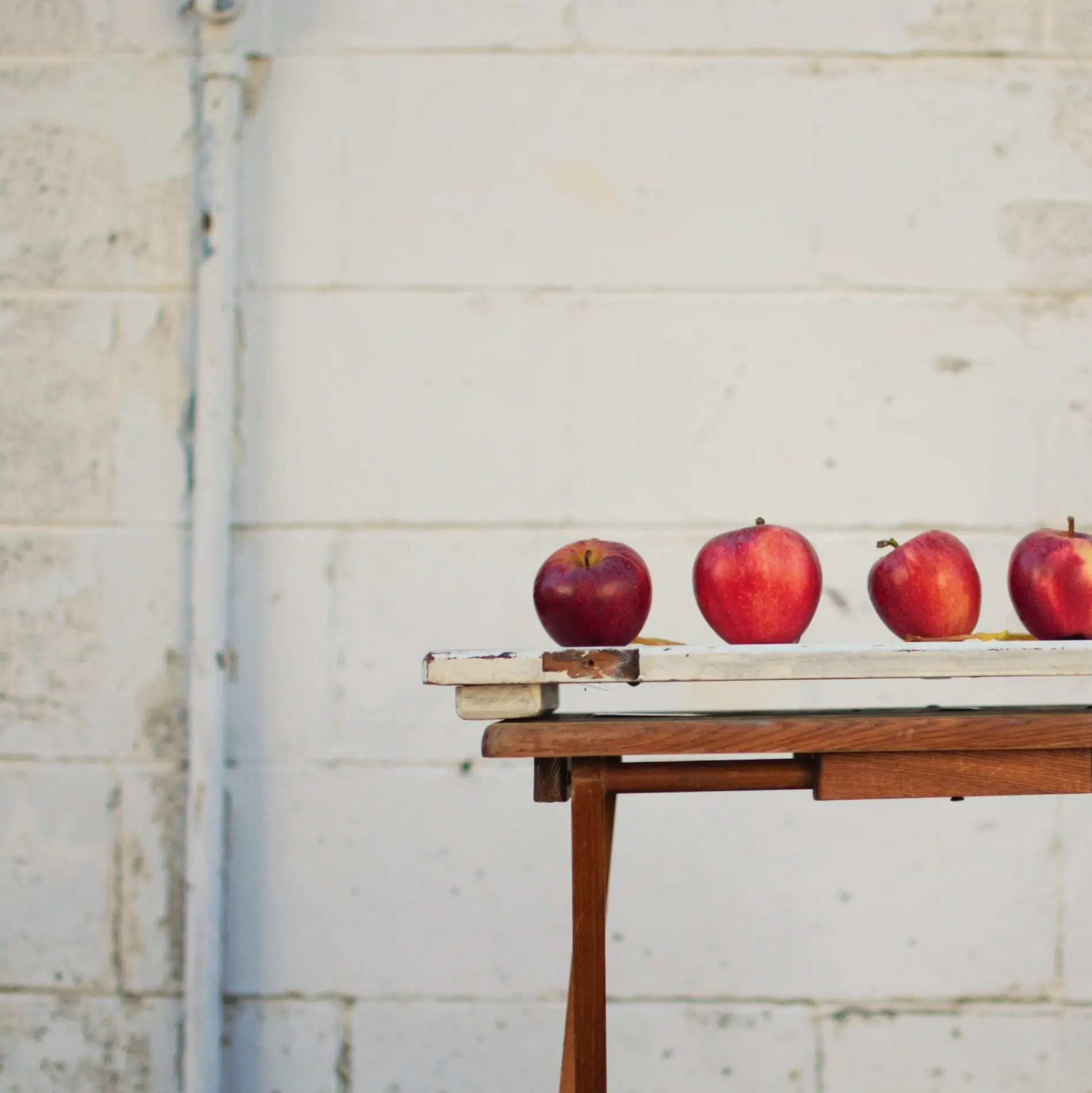

 Looking for the perfect w
Looking for the perfect w
 BREAKING NEWS
BREAKING NEWS 








